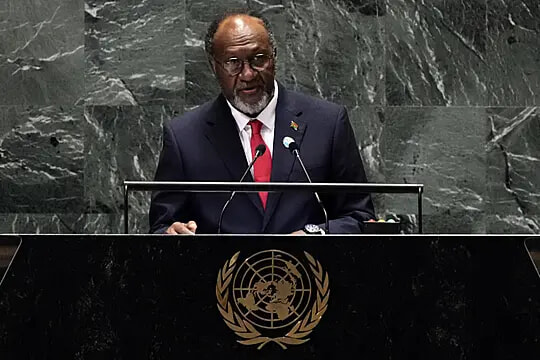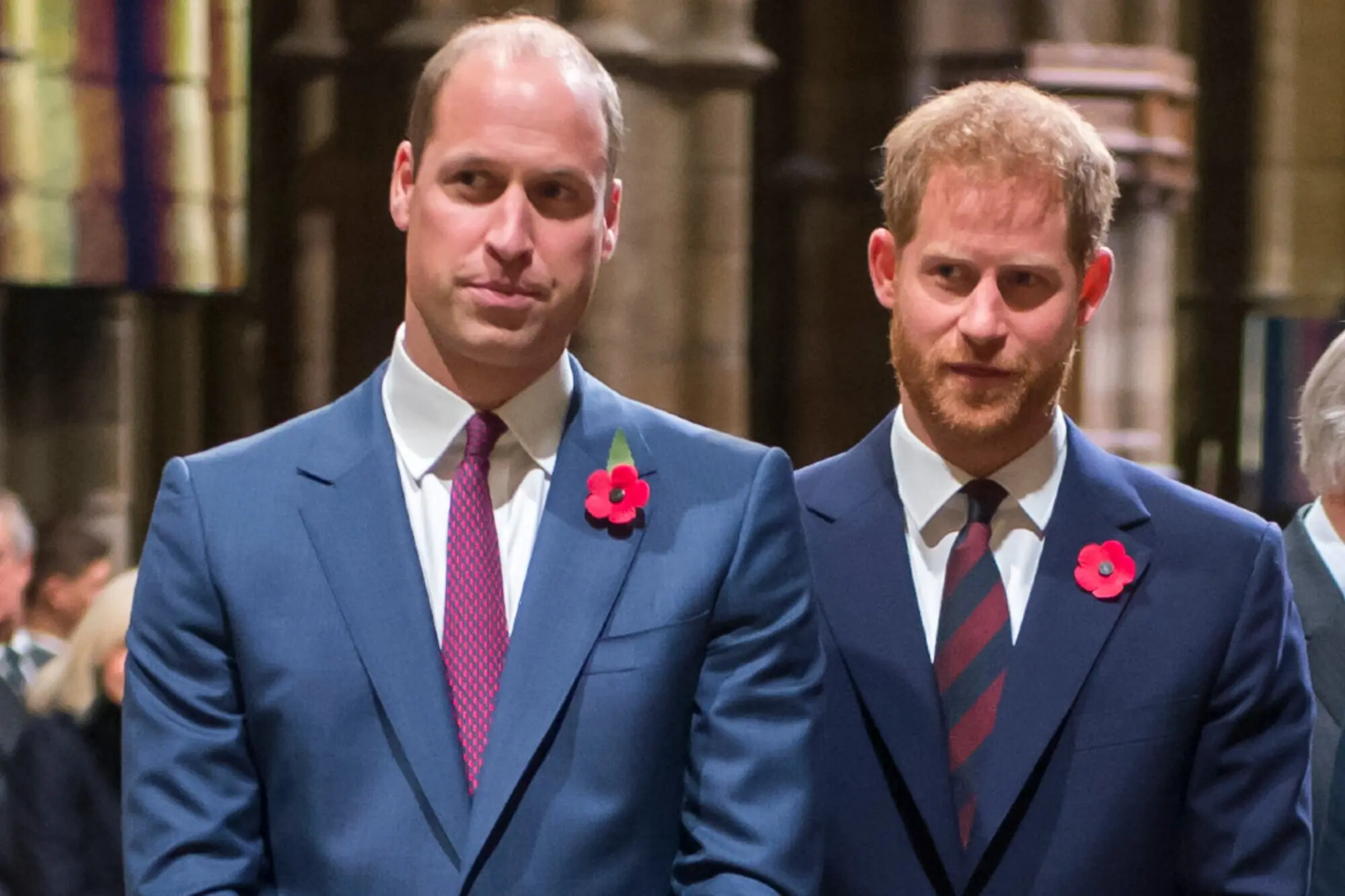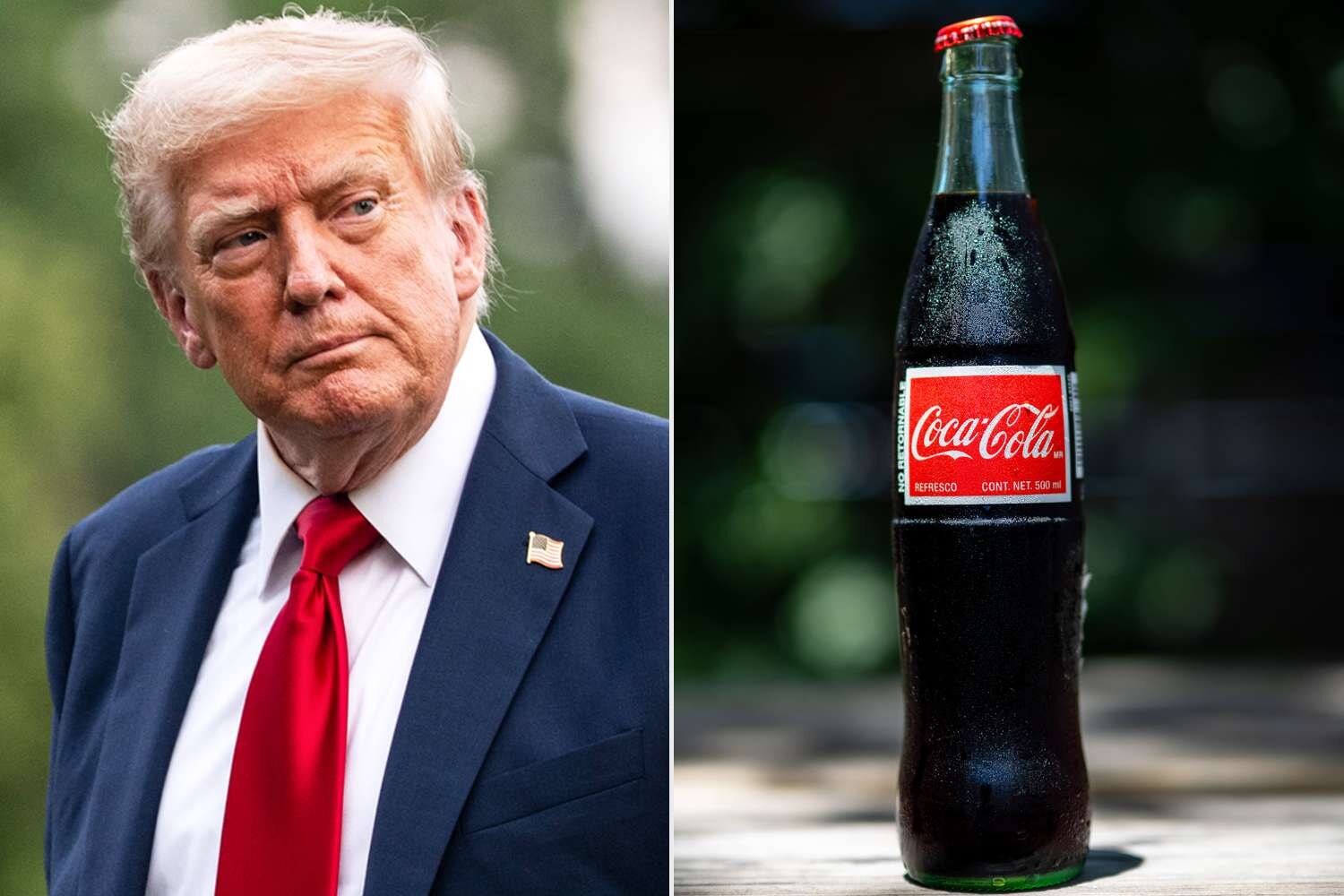
Fyre Festival Brand Sells on Ebay for $245K
Who got it?
Published July 21, 2025
Advertisement
Advertisement
1. Fyre’s Wild Dream: Selling Paradise to the Internet
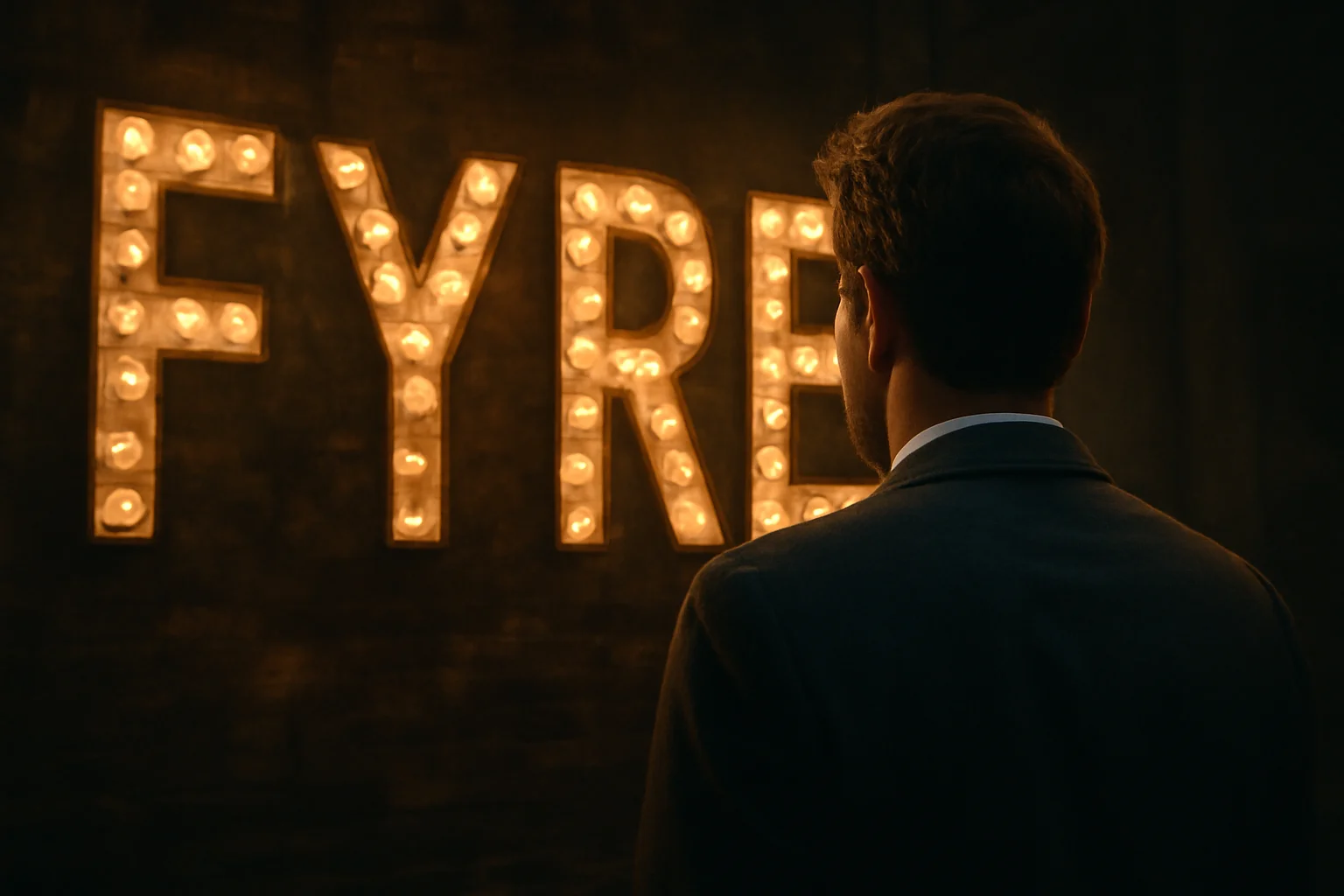
Fyre Festival’s origin story is a fever dream born in the digital age, pitched to the world as the ultimate luxury escape—an island music festival where influencers and celebrities would rub shoulders on Bahamian sand.Billy McFarland, a millennial with grand ambitions and an appetite for spectacle, masterminded the vision with promises of white-glove service and star-studded performances.Teaming up with rapper Ja Rule and harnessing the viral might of models like Kendall Jenner, Emily Ratajkowski, and Bella Hadid, Fyre’s launch video captured global attention and set social feeds on fire.Festival packages were outrageously priced, ranging from $1,200 to a jaw-dropping $100,000, with the promise of gourmet cuisine, private villas, and luxury yachts.But as the hype machine roared, cracks began to show behind the scenes, and the machinery of illusion started to unravel.Fyre’s allure was magnetic, drawing not just festival-goers but investors who believed in the power of the brand’s so-called “global attention engine.”What they could not see were the mounting logistical failures and financial woes lurking beneath the gleaming marketing façade.With every promise made, the stakes—and the expectations—only grew higher.The stage was set for a cultural spectacle unlike any before, with the world watching through the lens of Instagram stories and influencer posts.By the time Fyre’s fateful weekend arrived, anticipation had hit a fever pitch, but reality was about to deliver a jarring, public reckoning.As guests boarded planes and boats bound for paradise, they had no inkling that Fyre Festival would soon become synonymous with modern fiasco.The seeds of legend and infamy had already been sown, waiting for the spark that would ignite an internet wildfire.
Advertisement
2. Arrival in Paradise: Hype Meets Harsh Reality

When attendees finally landed on Great Exuma, expectations clashed spectacularly with reality in a setting that was anything but luxurious.Luxury villas became disaster relief tents hastily set up on gravel and dirt, while the once-promised chef-curated meals were reduced to cheese sandwiches in Styrofoam boxes.The festival’s infrastructure collapsed in real time: showers didn’t work, luggage was thrown out of trucks in the rain, and security was nearly nonexistent.Artists, including Blink-182 and Migos, quickly pulled out, leaving a gaping hole in the schedule and crushing the main draw for many guests.As panic spread across the site, social media was flooded with images and videos of the chaos, fueling a digital bonfire of memes and ridicule.McFarland and his team watched the unraveling from the eye of the storm, powerless to halt the wave of disappointment and outrage that washed over the festival grounds.The event, meant to be an escape from reality, instead forced guests to contend with soggy mattresses, scattered belongings, and a desperate scramble for shelter.What was sold as a utopian experience rapidly devolved into confusion and fear, with organizers unable to provide basic necessities or answers.The world watched in fascination and horror as the spectacle shifted from dream to disaster, cementing Fyre Festival’s reputation as the decade’s greatest event failure.Within hours, evacuation plans were made, and the dream that was Fyre collapsed into an ignoble retreat from the island.In a single weekend, Fyre Festival’s myth was rewritten—not as paradise found, but as paradise lost.
Advertisement
3. Viral Collapse: From Sensation to Scandal
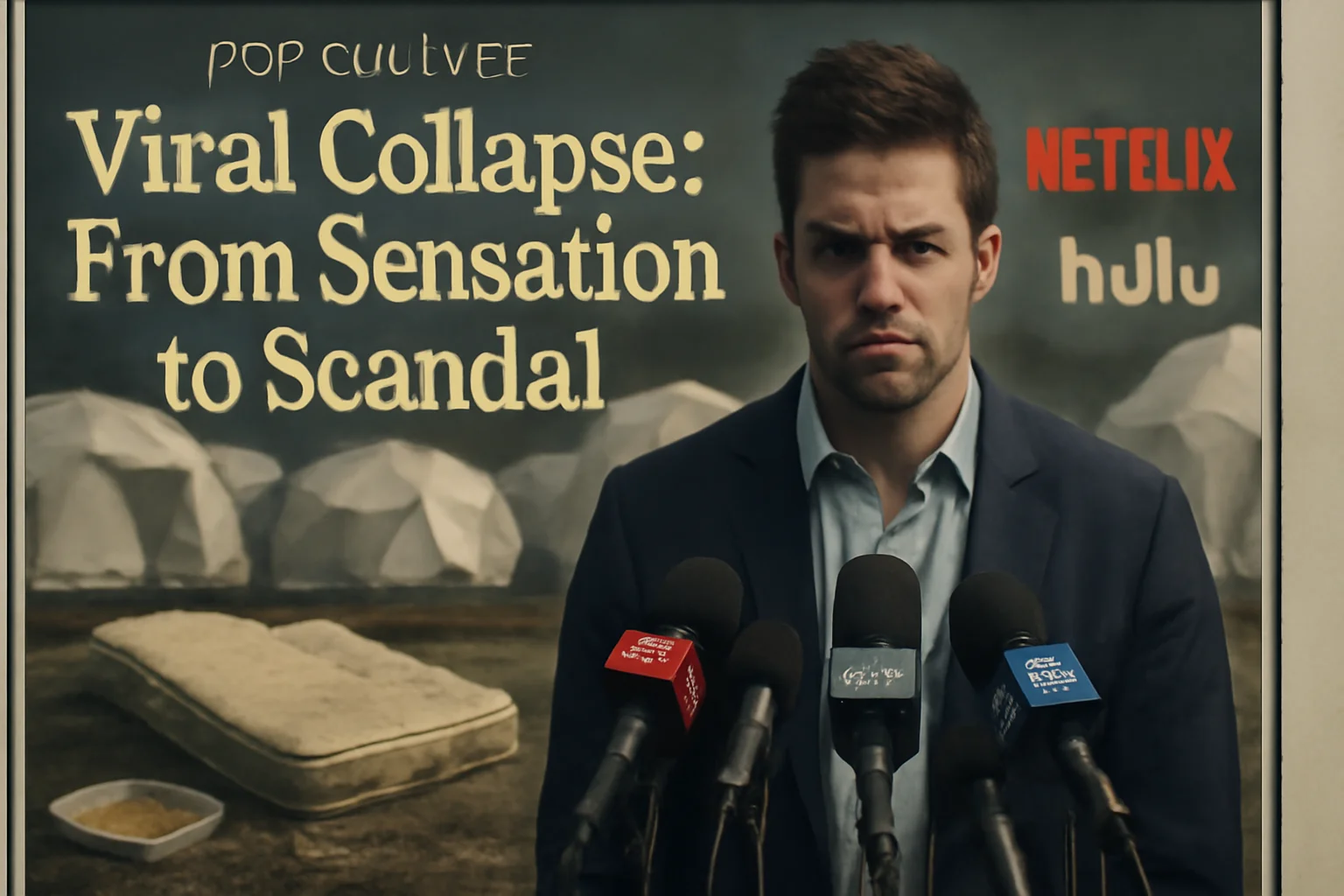
The aftermath of Fyre’s catastrophic weekend rippled far beyond the Bahamas, as festival-goers took to every platform to share their tales of woe.Instagram, Twitter, and Facebook became a gallery of abandoned tents, soggy mattresses, and cheese sandwiches, birthing a new meme for millennial disaster.Influencers who once fueled the hype now tried to distance themselves, scrambling to explain how they, too, had been misled by glossy promises.Documentary crews, journalists, and content creators rushed in to chronicle the implosion, culminating in viral documentaries from Netflix and Hulu that dissected every layer of the fiasco.The lawsuits came fast and furious: investors, vendors, and attendees sought restitution for millions lost, while reputational damage spread to every corner of the Fyre team’s network.Billy McFarland, at the center of it all, faced a tidal wave of legal challenges and public outrage, his credibility shattered by the glaring gap between vision and reality.Fyre’s spectacular collapse became a cautionary tale about the power—and peril—of viral marketing unmoored from substance.In the wake of disaster, authorities began to circle, launching investigations into wire fraud, false statements, and financial improprieties that haunted every corner of the Fyre operation.What started as a festival now looked like a blueprint for fraud, exposing the ease with which illusion can overtake reality in a social media world.As the memes kept spreading, so did the investigations, setting the stage for a legal reckoning that would further cement Fyre’s place in pop culture history.Even as the dust settled, one thing was clear: Fyre had transcended the realm of music festivals, entering the folklore of digital-age disasters.
Advertisement
4. Reckoning: Jail Time, Restitution, and Reflection

The fallout for Billy McFarland was swift, brutal, and ultimately life-altering, as authorities moved in with the full weight of federal law.In 2018, McFarland pleaded guilty to two counts of wire fraud, bank fraud, and false statements, admitting to defrauding investors and ticket-buyers out of more than $26 million.He was sentenced to six years in federal prison, though he served just under four before his early release in 2022.The courts ordered massive restitution, forcing McFarland to grapple with the reality that his debts would far outlive his time behind bars.Meanwhile, his failed media company and mounting lawsuits consumed whatever remained of his financial and personal reputation.For victims—vendors who lost life savings, guests who endured the chaos, and investors left empty-handed—justice was partial at best.The saga became a national lesson in the dangers of unchecked ambition, influencer hype, and the pitfalls of chasing viral fame at any cost.Fyre’s collapse was dissected in boardrooms, business schools, and law classes, a textbook case of how quickly the ground can shift beneath the weight of hype.McFarland, for his part, tried to recast his story as one of redemption and learning, but the public’s memory was long and the damage done.Documentaries immortalized every misstep, leaving behind an archive that would be referenced for years to come.With his credibility in tatters and his fortune erased, McFarland’s next moves would be closely watched—if only to see whether he could escape the shadow of his own creation.
Advertisement
5. The Plot Twist: Fyre’s Brand Hits the Auction Block
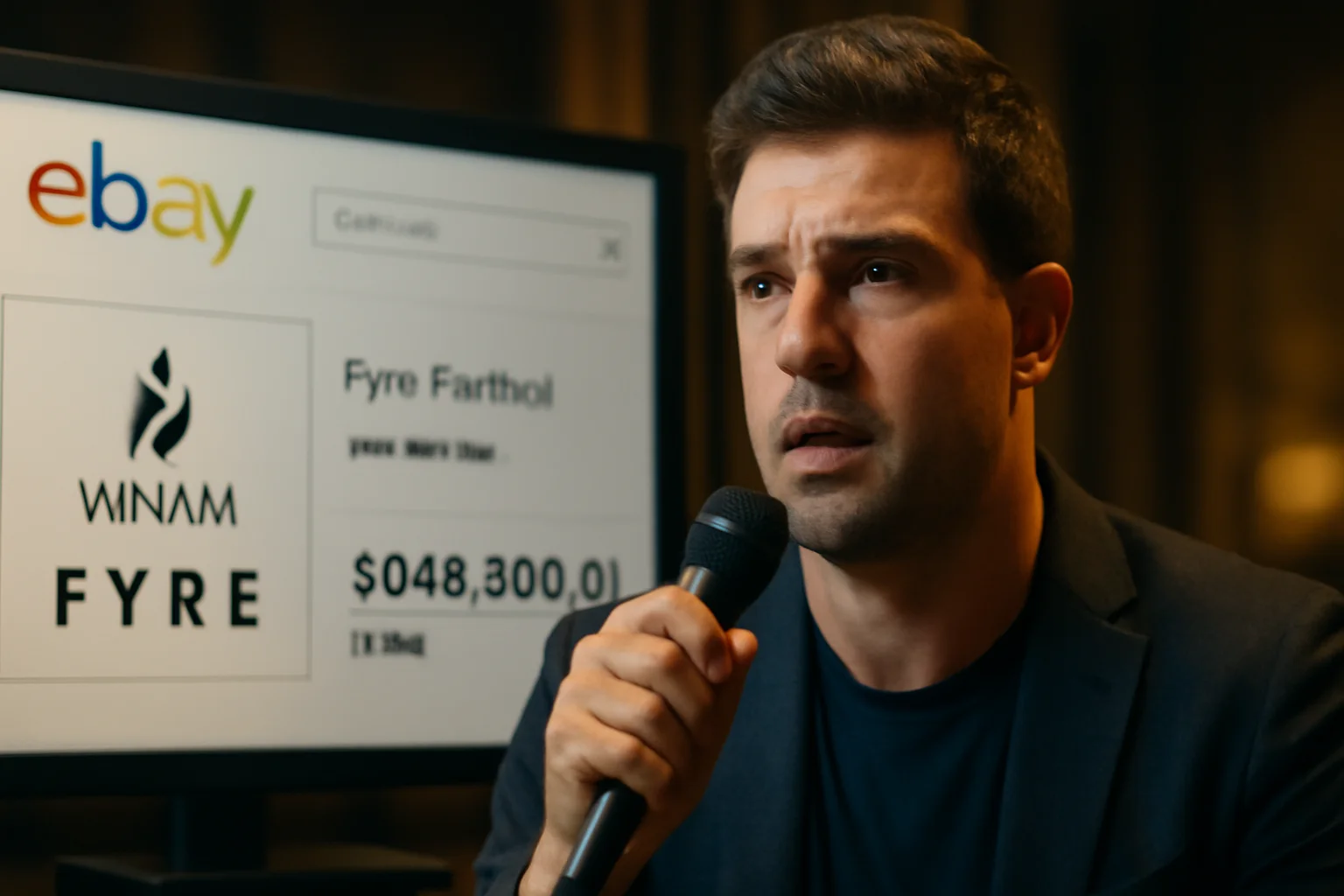
In an audacious move that few could have predicted, Billy McFarland resurfaced in 2025 to auction off the Fyre Festival brand, trademarks, and intellectual property on eBay.The announcement arrived after a failed seven-figure private deal, with McFarland pivoting to a week-long public bidding war that drew 42 bidders and 175 bids.Describing Fyre as “one of the world’s most powerful attention engines,” McFarland pitched the brand’s viral notoriety as its core asset—even as its history was marred by failure.The auction included not just the name, but also social media accounts, comprehensive marketing assets, email and text lists, documentary footage, and even an “optional” connection to McFarland’s former team.Potential buyers were enticed by the opportunity to inherit a brand that, while infamous, commanded global recognition and a 32-billion-impression media footprint.As the bidding closed at $245,300—far short of McFarland’s dreams of a million-dollar windfall—he voiced his disappointment live, calling the final price “so low.”The winning bidder remained anonymous, sparking speculation about their intentions for the embattled brand.In public statements, McFarland congratulated the new owner and announced he was ready to move on, declaring Fyre Festival “just one chapter of my story.”Despite the brand’s battered reputation, its ability to command attention remained undiminished, proving once again that infamy can be a marketable commodity in the digital age.With the sale, the torch was passed—and the world waited to see what the next act for Fyre Festival might be, now that its infamous architect had finally stepped away.
Advertisement
6. Anatomy of a Sale: What the Buyer Actually Gets
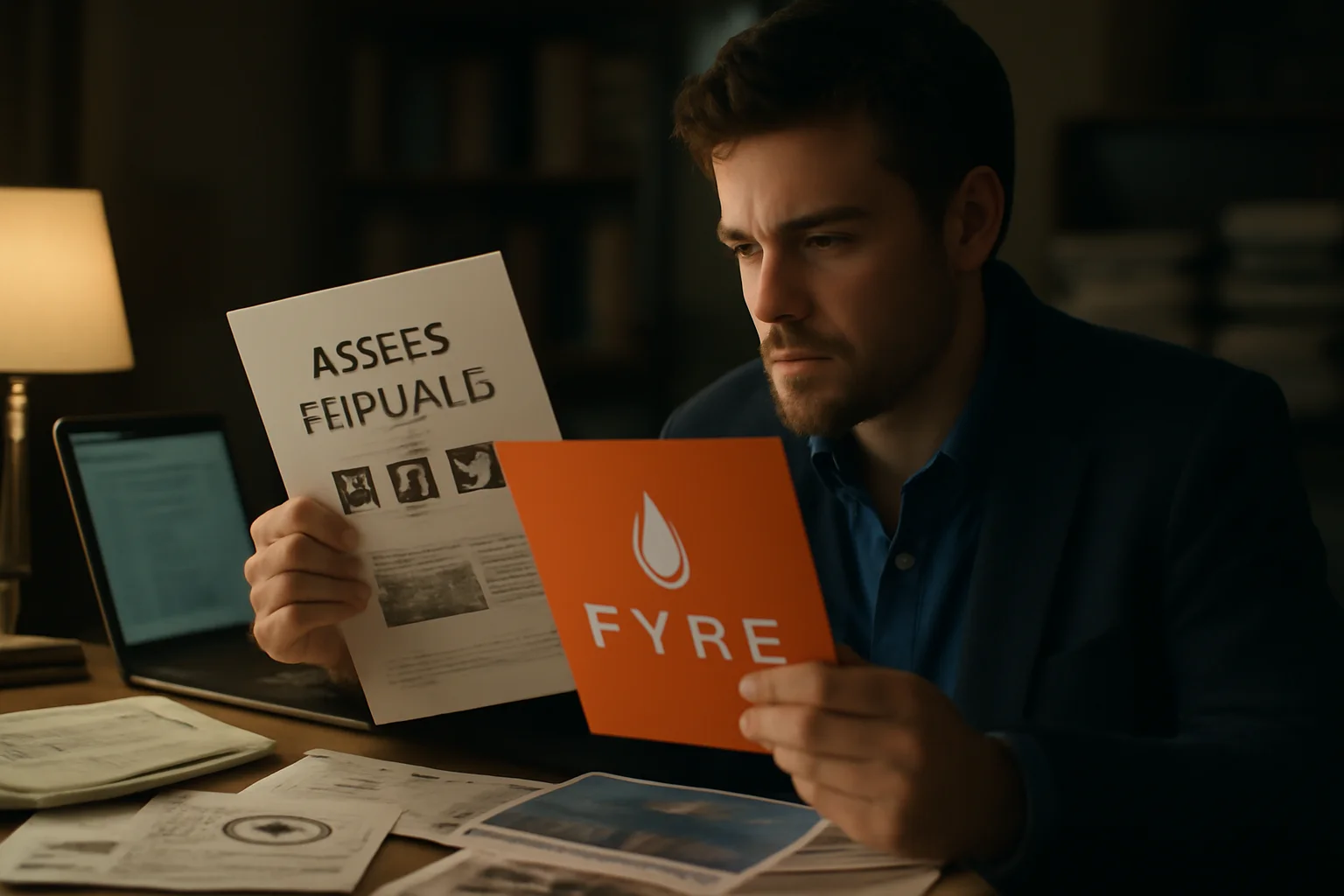
For the price of a modest suburban home, the new owner acquired far more than a name—they inherited a cultural touchstone synonymous with millennial failure and meme culture.The bundle included all official social media accounts, verified Instagram profiles, registered trademarks, domain names, and a trove of marketing materials, including photos, videos, and design templates.Buried in the offering was “documentary footage” and behind-the-scenes content, tempting future documentarians to mine the story for more digital gold.A Caribbean festival location option—purportedly with support from local leaders—was thrown in, as were valuable email and SMS lists that could fuel future marketing campaigns.Perhaps most puzzling were the “artist and talent relationships,” which raised questions about what exactly could be transferred after the spectacular fallout of the original event.The new owner also gained access to an extensive archive of media coverage, capturing the rise, fall, and aftershocks of Fyre’s story for posterity.Optional access to the “core team” meant that the ghosts of Fyre past could haunt—or help—whatever comes next.Analysts and industry insiders immediately debated whether the brand’s baggage outweighed its potential, given its infamy and the lingering resentment among artists and fans.For marketers and media strategists, the package’s real value may lie in its meme-worthy cultural cachet—a shortcut to notoriety in a crowded digital landscape.But the risk of repeating history loomed large, casting doubt on whether Fyre could ever shed its reputation for chaos.In the end, the buyer held the keys to a brand that promised both peril and possibility, waiting for a bold new vision—or a fresh round of headlines.
Advertisement
7. Fyre Festival 2: A Redemption Never Realized
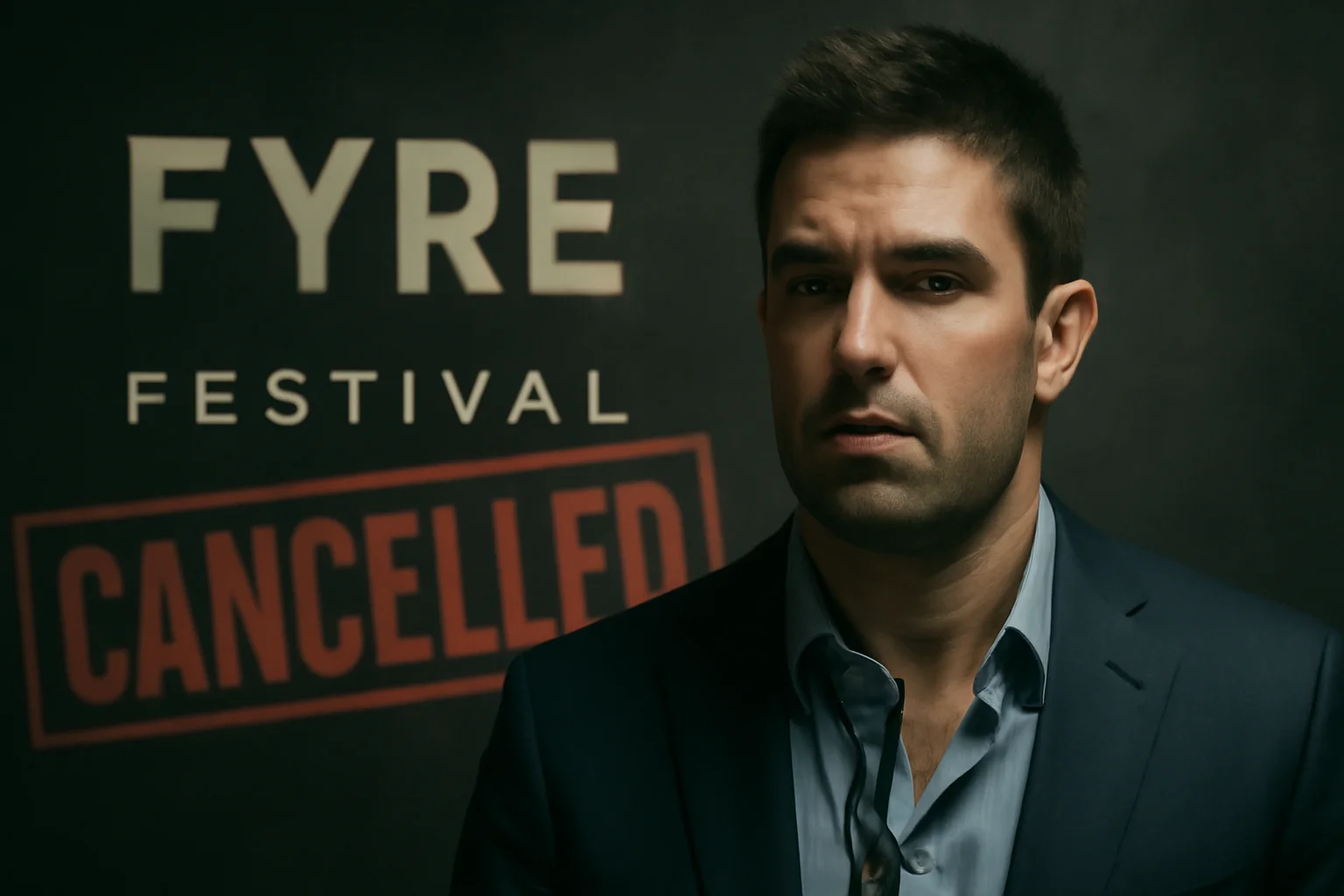
Even after his release from prison, Billy McFarland couldn’t let go of the Fyre dream, teasing a sequel event that he swore would set things right.Fyre Festival 2 was announced with the promise of luxury accommodations and a new Caribbean venue—tickets started at $1,400 and climbed to a staggering $1.1 million for the elite “Prometheus” package.Despite the bold marketing, local authorities in Mexico claimed no involvement, and the festival was bounced from Isla Mujeres to Playa del Carmen amid a storm of confusion.Behind the scenes, little progress was made, and as the planned May 2025 date approached, organizers quietly pulled the plug, issuing refunds to those who had taken the leap of faith.Once again, McFarland cited external forces as the culprit, blaming local governments for robbing Fyre of its second chance.Disappointed ticket-holders and observers saw the familiar pattern: grand promises, logistical chaos, and a vanishing act before the main event could materialize.McFarland admitted defeat in a public statement, conceding that “for Fyre Festival 2 to succeed, it’s clear that I need to step back and allow a new team to move forward independently.”With the sale of the brand, he attempted to draw a line under his involvement, hoping the new owners would do what he never could—deliver on the promise of Fyre.But the shadow of the past loomed over every move, making redemption nearly impossible in the eyes of fans and critics alike.The unfinished sequel became another chapter in Fyre’s mythology—a reminder that some dreams are best left unrevived.And so, the legend of Fyre grew, its story fueled by every failed comeback and abandoned promise.
Advertisement
8. Internet Legacy: Meme Culture and Media Frenzy
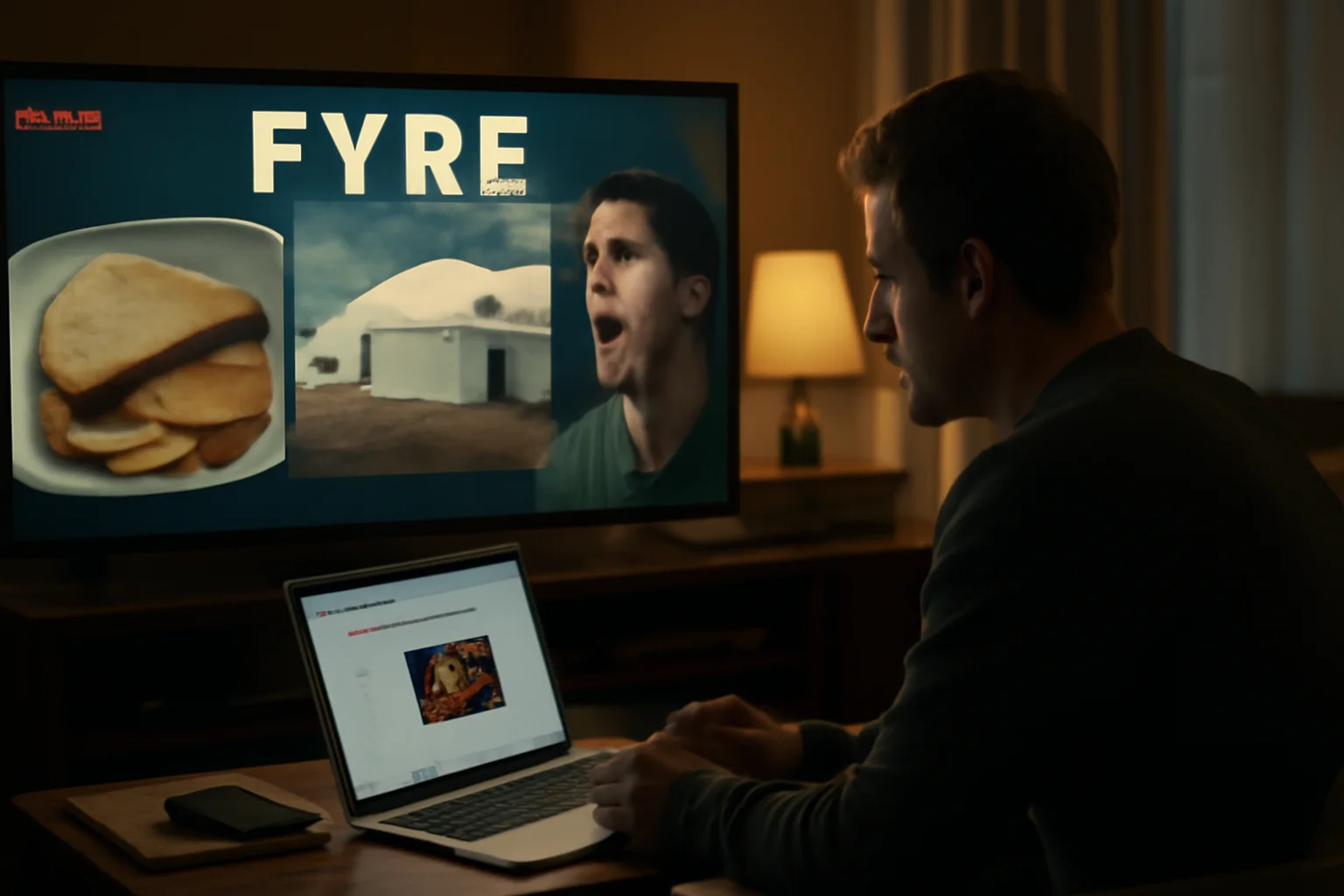
Long after the tents were packed up and the courts adjourned, Fyre Festival lived on as a staple of internet culture, referenced everywhere from late-night TV to business textbooks.Memes of cheese sandwiches and disaster tents became shorthand for overpromised, underdelivered millennial ventures, embedding Fyre in digital folklore.Documentaries on Netflix and Hulu reached millions, dissecting the event’s implosion and raising uncomfortable questions about influencer culture, social media manipulation, and the psychology of viral hype.Journalists, media theorists, and business experts pored over every detail, using Fyre as a lens through which to examine the perils of modern marketing and the cult of personality.The sale of the brand on eBay only deepened its myth, with the auction itself sparking social media debates about the value of infamy in an attention-driven economy.Critics wondered aloud what the new owner could possibly do with a name so deeply associated with failure—would it be revived as a festival, a streaming platform, or just a cautionary tale for future generations?The story of Fyre was retweeted, reposted, and reinvented again and again, its impact outlasting the original event by years.Even McFarland’s efforts to rebrand and redeem himself were met with skepticism, his every move scrutinized by a public that could not forget.As new scandals arose elsewhere, Fyre’s legacy remained the benchmark against which all failed hype was measured.The internet had claimed Fyre as its own, ensuring its story would live on—unforgiving, unforgettable, and impossible to ignore.In a world where attention is currency, Fyre Festival became one of the most valuable disasters in digital history.
Advertisement
9. What Now? The Brand’s Murky Future
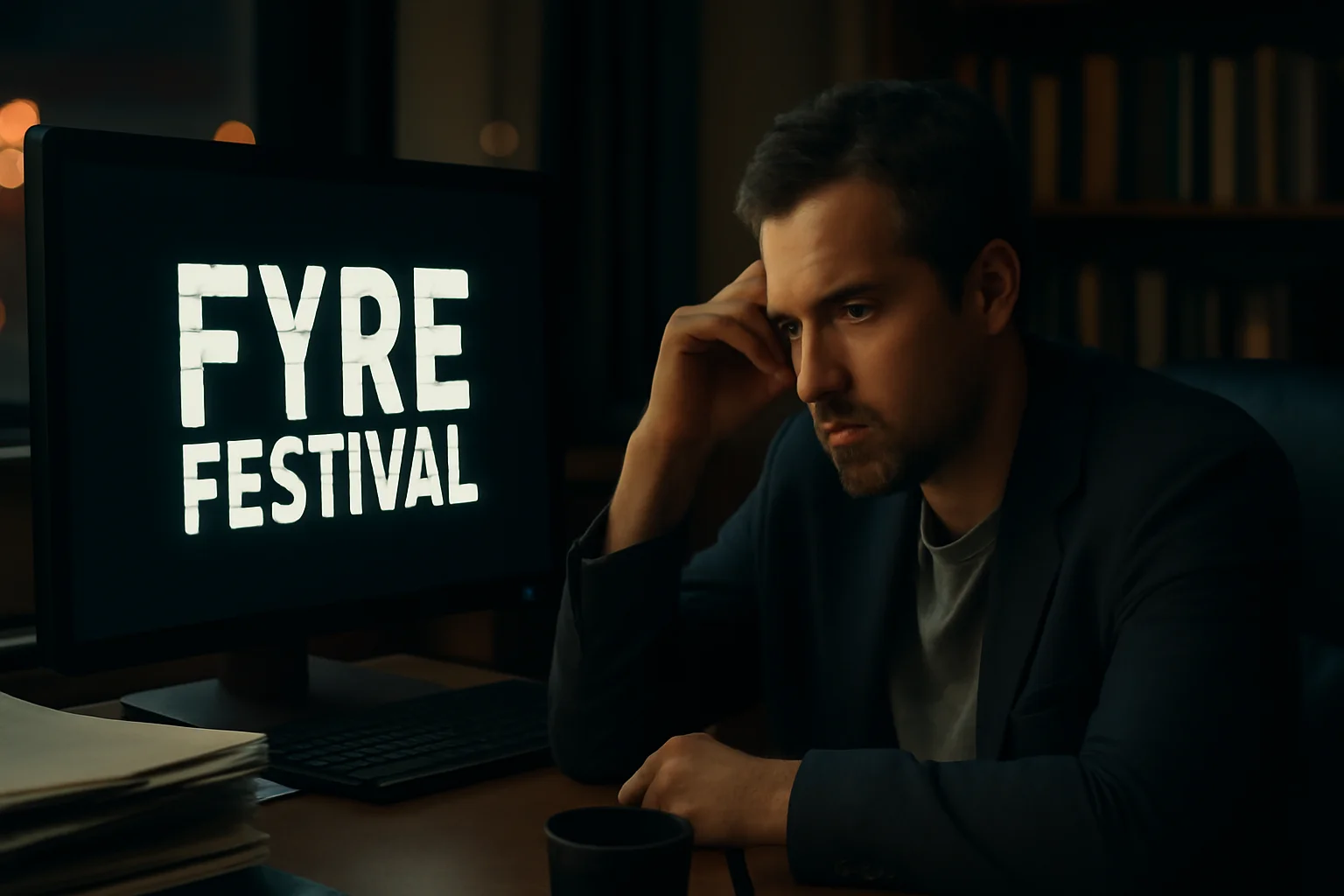
With the brand sold to an anonymous bidder, speculation swirled about what lay ahead for the Fyre Festival name.Industry insiders saw opportunity for a clever rebrand—perhaps a “Survivor”-style reality event that leaned into the chaos and challenge of the original disaster.Some envisioned a documentary empire, with exclusive access to behind-the-scenes footage fueling a new wave of films, podcasts, and investigative series.Others warned that the brand’s toxicity could poison any future attempt, scaring away artists, partners, and even diehard thrill-seekers.McFarland’s carve-outs—retaining rights for music and TV streaming platforms—suggested he wasn’t done trying to monetize the Fyre legacy, even as he claimed to step away.Marketing experts debated whether “attention engines” like Fyre could ever be harnessed for positive use, or whether the scars were too deep to heal.For now, the buyer’s plans remain a mystery, and the public waits with bated breath for the next twist in the saga.Legal experts noted that the brand’s liabilities—financial, reputational, and ethical—would dog any future projects, raising the stakes for whoever dared to take the helm.With Fyre’s story so deeply embedded in the digital psyche, reviving it would mean navigating a minefield of expectations, mockery, and scrutiny.One thing is certain: whatever happens next, the world will be watching.The brand’s new owner now holds the power to either resurrect or finally lay to rest one of the wildest stories in festival history.
Advertisement
10. Coda: The Price of Infamy in the Digital Age
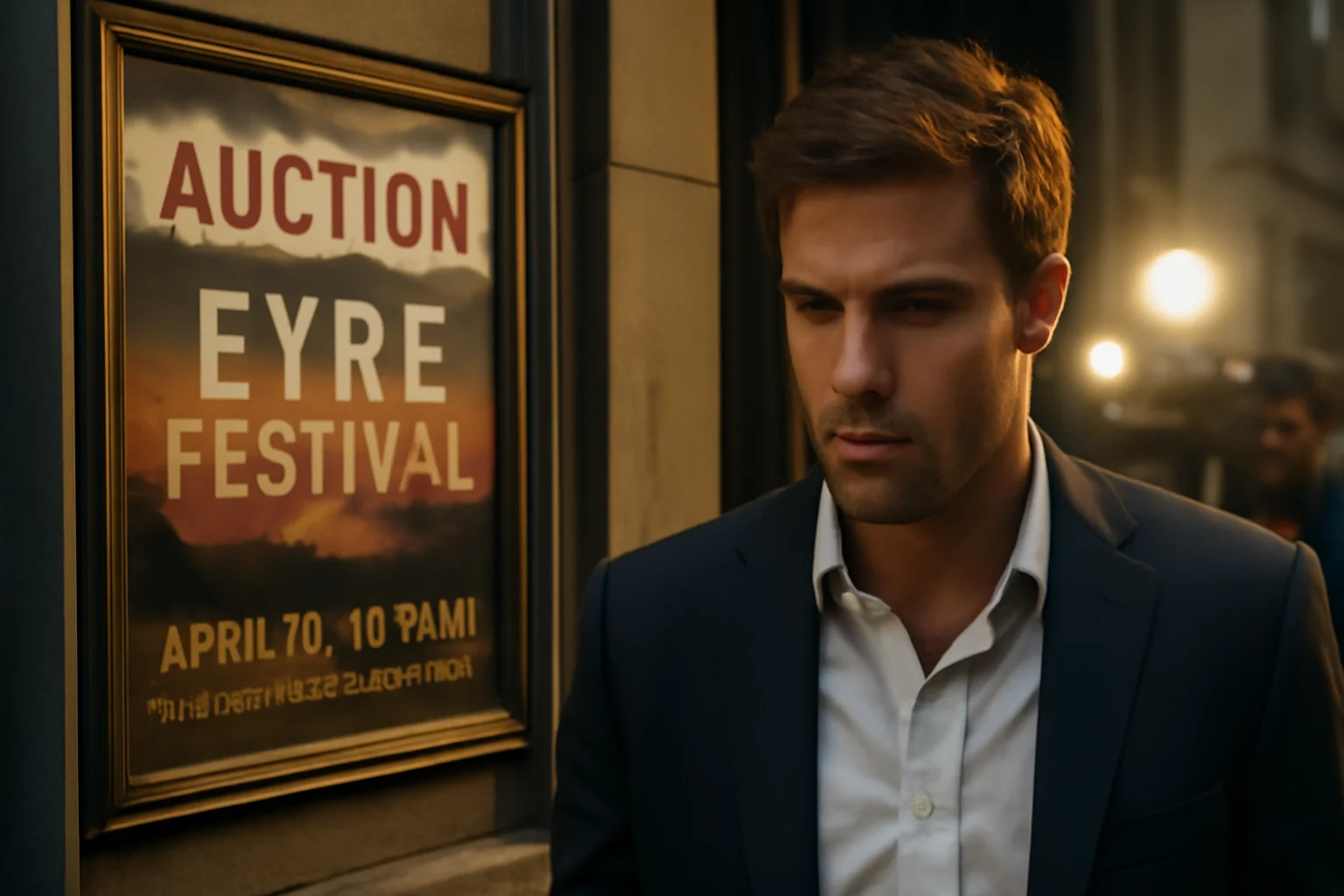
Fyre Festival’s long, strange journey from Instagram fantasy to auction block cautionary tale is a testament to the seductive—and destructive—power of hype.Billy McFarland’s downfall was both spectacular and instructive, showing just how far charisma, social media savvy, and influencer partnerships can take an idea before reality bites back.The $245,300 sale price, while a pittance compared to Fyre’s ambitions and debts, underscored the enduring value of attention—even the disastrous kind.With infamy now up for grabs, Fyre’s next chapter rests on the imagination and daring of its new owners, whoever they may be.The story continues to spark debate about accountability, the allure of branding, and the willingness of the public to forgive—or at least keep watching—when disaster strikes.In boardrooms and on social feeds, Fyre remains a case study in modern hubris and the viral lifecycle of internet legend.McFarland, for his part, insists he’s moving on, eager to write the next chapter of his life beyond the shadow of Fyre.But the brand he built out of dreams, deceptions, and hashtags now belongs to someone else, waiting for a new destiny in an ever-hungry media world.Whether Fyre will rise from the ashes or fade into obscurity is a story still unwritten, its ending as unpredictable as its rise.In the end, Fyre Festival is more than an event—it is a mirror for our digital age, reflecting both the heights of ambition and the depths of disaster.The world, ever curious, will be there for the next reveal.
Advertisement
Advertisement
You May Also Like


